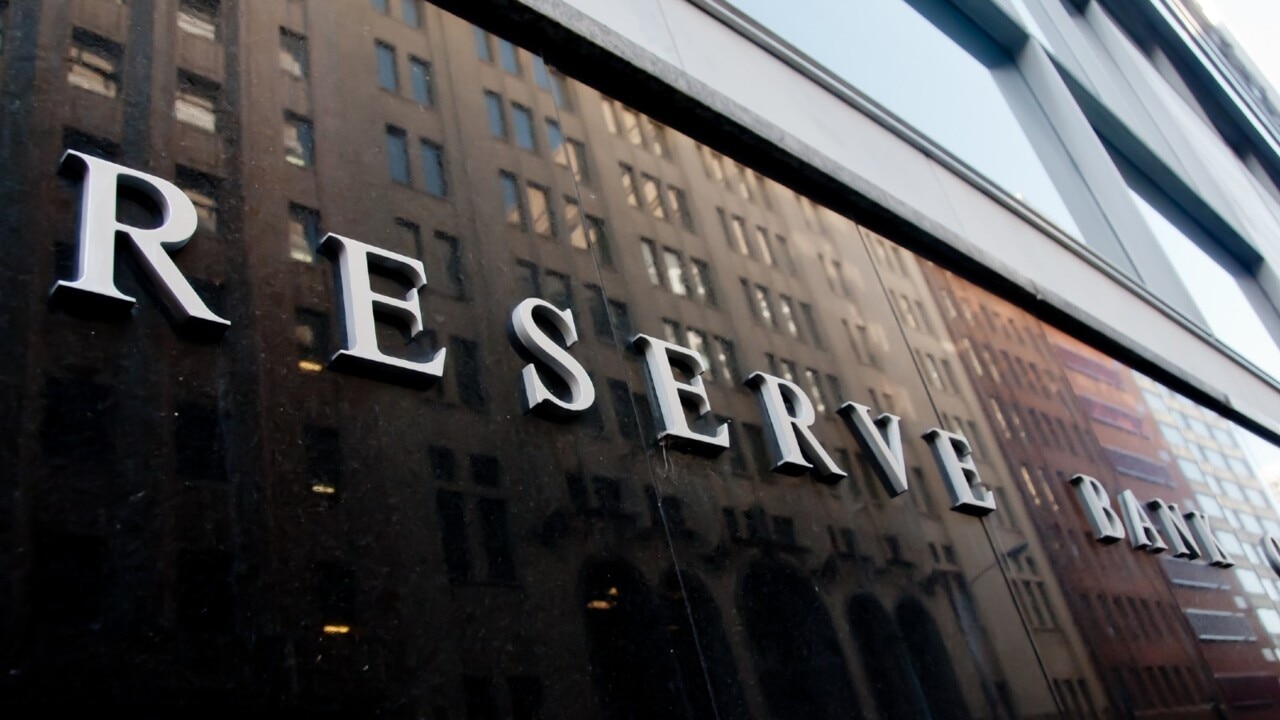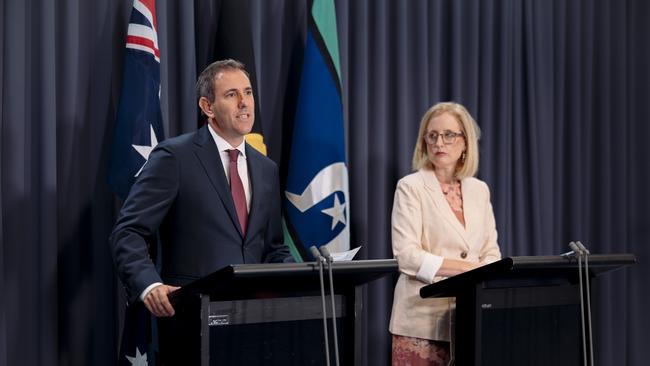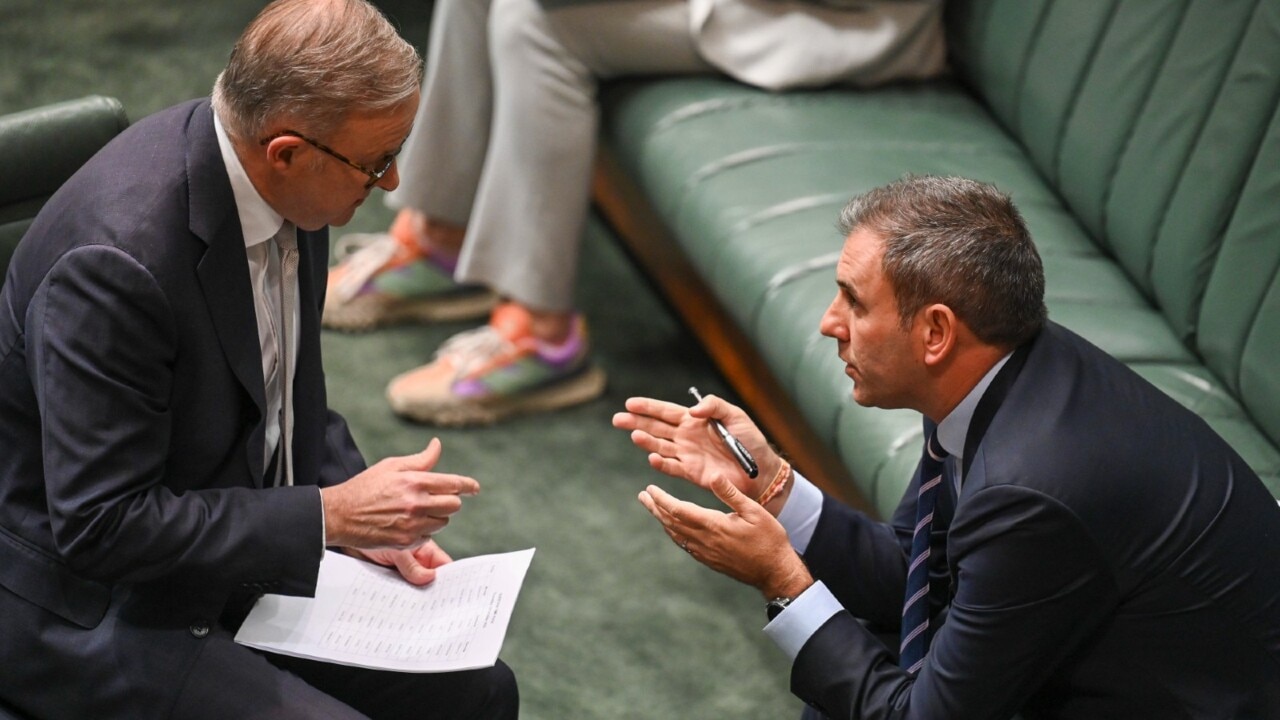
The Reserve Bank of Australia lifted the cash rate on five occasions, taking the cash rate to 4.35 per cent. This figure is still low compared with most developed economies. Note also that our cash rate is lower than the current inflation rate, which is 5.4 per cent – another international point of difference.
Notwithstanding the restrictive action of the RBA, there was no recorded recession affecting the Australian economy, defined as consecutive quarters of negative growth.
Having said this, there were three quarters of negative per capita GDP growth, which in turn reflected the relative anaemic growth in combination with strong population growth. Real retail sales also have been sluggish, recording three quarters of negative growth.

The extraordinarily high growth in the population, spurred almost entirely by migration, was a key element of economic developments this year. Annual net overseas migration to the year ending in June exceeded 500,000, with the net result being a population growth rate of 2.4 per cent. The actual NOM exceeded Treasury’s revised estimate by more than 100,000.
Parallels have been drawn with the post-war years of “populate or perish”, in particular the large migrant intakes that occurred during the 1950s. The truth is there is really no comparison because all the migrants in that earlier period were permanent and many of them initially were settled in already built migrant hostels. The vast bulk of these migrants were from Britain and Europe.
Most of the migrant intake now is made up of temporary entrants, mainly international students. The most common source countries are China and India, but recent rapid growth has come from Nepal, The Philippines and Colombia. The most common courses undertaken by international students are business and IT.
The failure of Treasury to anticipate this surge in the population is unforgivable. After the hiatus of the pandemic, there was always going to be a catch-up, with migrant arrivals vastly exceeding migrant departures. The modelling should have picked this up.

The pressures on the housing sector, in particular, and other infrastructure were easy to predict.
It was incumbent on Treasury to recommend action to ensure the migrant intake was manageable. Its ideological adherence to a big Australia and the supposed fiscal and demographic benefits of a large migrant intake seemingly prevented officials from offering this sage advice.
The fact is that Home Affairs Minister Clare O’Neil dithered about the stance of migration policy for most of the year, swinging from endorsing the historically high migrant intake to finally taking some very modest measures to rein in arrivals. In particular, the delay in ditching the Covid visa was inexcusable.
One defining feature of the Australian economy during the year has been the strength and resilience of the labour market. By every measure – the unemployment rate, the rate of underemployment, the employment-to-population ratio, the participation rate – the labour market was extraordinarily buoyant.

Reflecting in part the financial pressures many households encountered, there was a leap in the first half of the year in the number of multiple jobholders. In September, 6.6 per cent of employed people were multiple jobholders, higher than the long-term average of between 5 and 6 per cent.
Another defining economic event of 2023 was the ongoing slump in productivity. It hasn’t been simply a case of slow growth; there have been actual falls in observed labour and multifactor productivity. In the year ending in the September quarter, for instance, labour productivity fell by 2 per cent across the year.
We are now back to levels of productivity experienced well before the pandemic.
The point is often made that poor productivity is an international phenomenon, with global factors the likely explanation. The remarkable growth in work from home often is cited as a common reason. The reality is more complex, with the US, in particular, experiencing quite strong growth in productivity whereas Australia has gone backwards.
According to research undertaken by the Reserve Bank, labour productivity in the US this year was nearly 5 per cent higher than in December 2019, whereas in Australia it was 3 per cent lower.

Indeed, the only other country to experience such poor productivity performance was Canada, which incidentally has a similar large migrant intake and rapid population growth.
The argument is that the influx of relatively unskilled migrants, given the dominance of international students, has allowed businesses to take on available staff rather than make labour-saving investments. Weak business investment seems to be a key factor holding back productivity in both countries.
Another defining event of the year was the blowout in the cost of major infrastructure projects, with higher labour and material costs putting paid to the original estimates.
This has been a significant issue in Victoria with the cost of the government’s so-called Big Build program increasing by between 30 and 50 per cent from the initial estimates. Just one project, the North East Link, has gone from its original cost estimate of $10bn to $26bn.
The Snowy 2.0 pumped-hydro project also has been dogged by huge cost overruns and delays. The same applies to the construction of the transmission lines that are needed to connect this project to the main grid.
This development has significant implications for the economy as well as the energy grid. It’s now clear that the proposed timeline for new renewable energy projects and transmission lines is way behind schedule and the costs have exploded.

Given the tight labour market, the completion of these enormously expensive infrastructure projects is draining workers from the more prosaic task of building new homes that are needed to accommodate the expanding population courtesy of migration.
Simply setting targets for new home completions as the Albanese government has done – 1.2 million new homes across five years – achieves nothing much by itself.
Towards the end of the year there were some emerging signs of slight economic weakness, including sluggish retail sales and home approvals as well as subdued consumer sentiment. While commodity prices eased somewhat, the terms of trade remained at historically high levels through the year.
Given ongoing strong population growth, it seems likely that Australia will avoid a technical recession. But the collapse in real household disposable income, which takes into account tax and mortgage payments, means many Australians have felt worse off during the year.
A central issue is now the speed at which inflation declines, paving the way for lower interest rates. In the US and Britain, inflation has fallen sharply and, in both cases, is within their target range.
The fear here is that services sector inflation may prove sticky, which would prevent us following suit. At this point it’s premature to predict cuts to interest rates next year, particularly given some of the damaging developments noted in this column.







What were the defining events for the Australian economy in 2023? Needless to say, the year has been a challenging one for many Australians, particularly those with large mortgages.